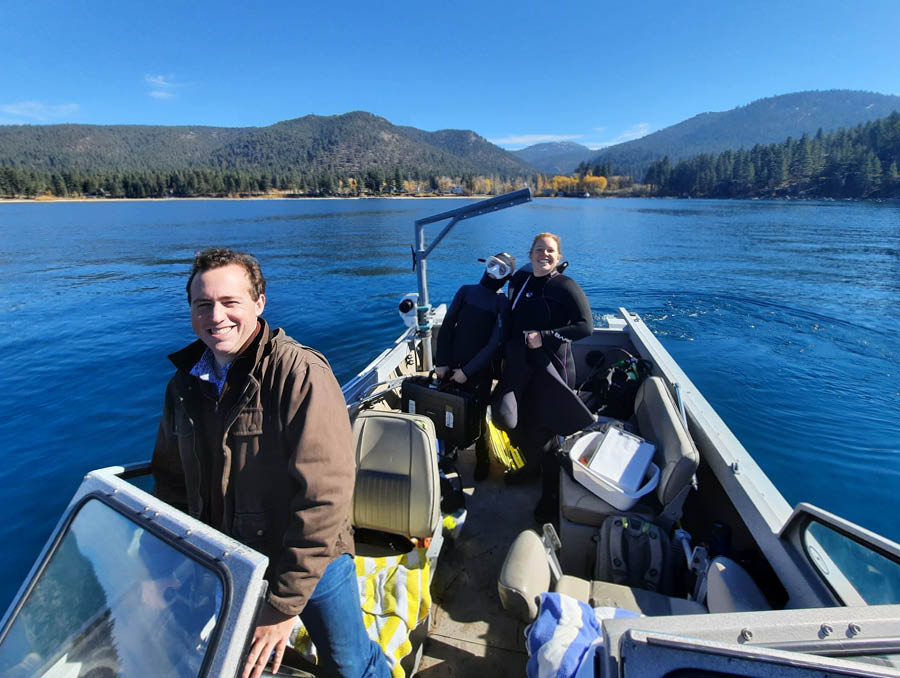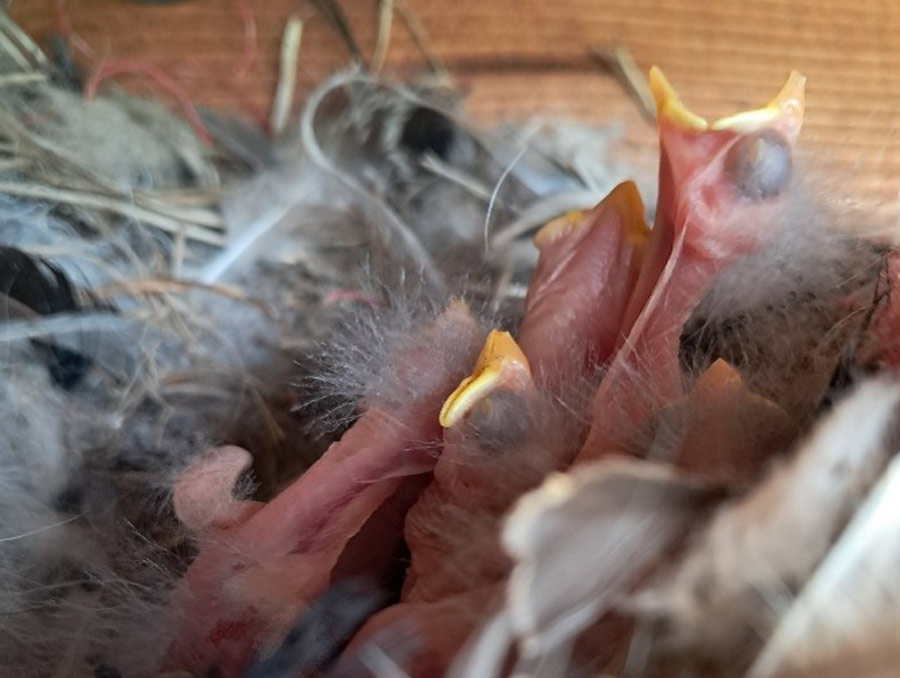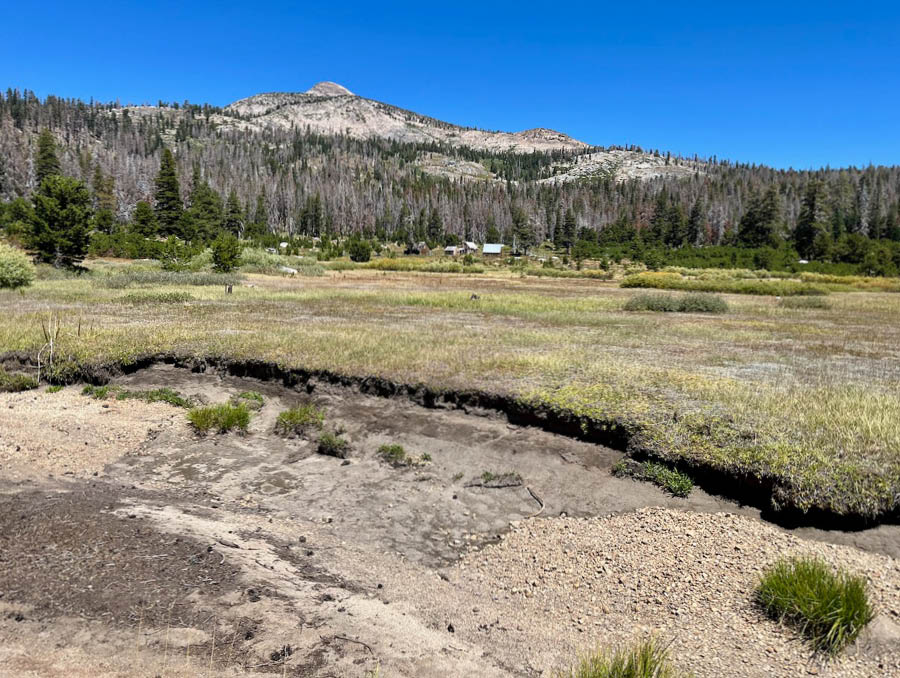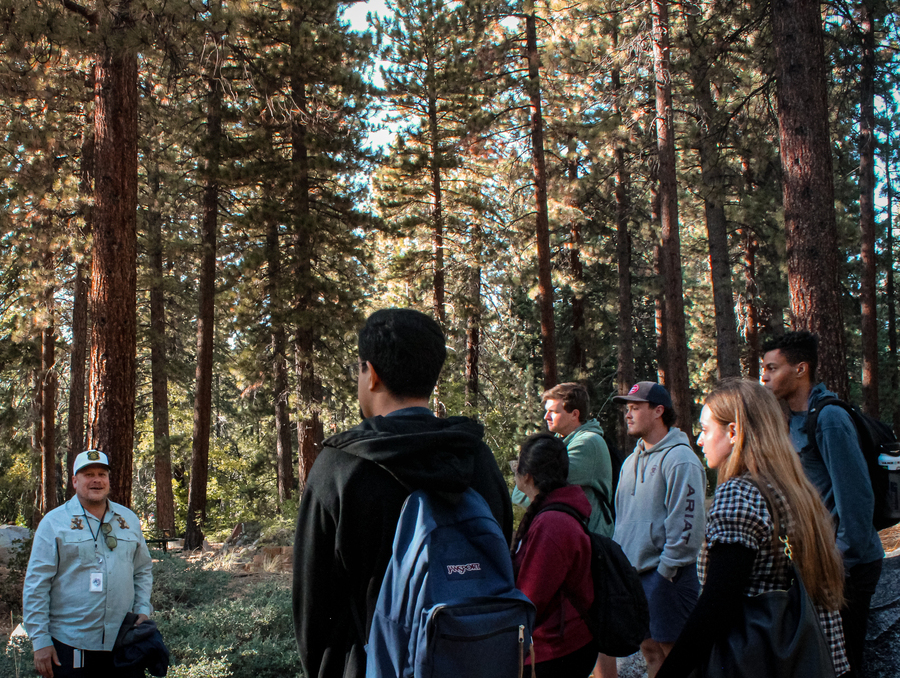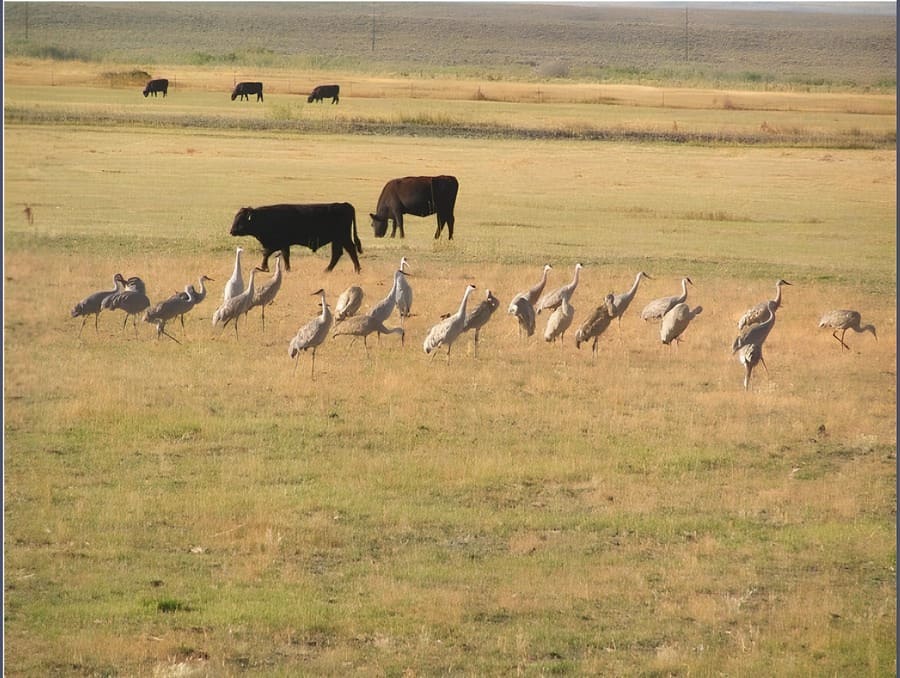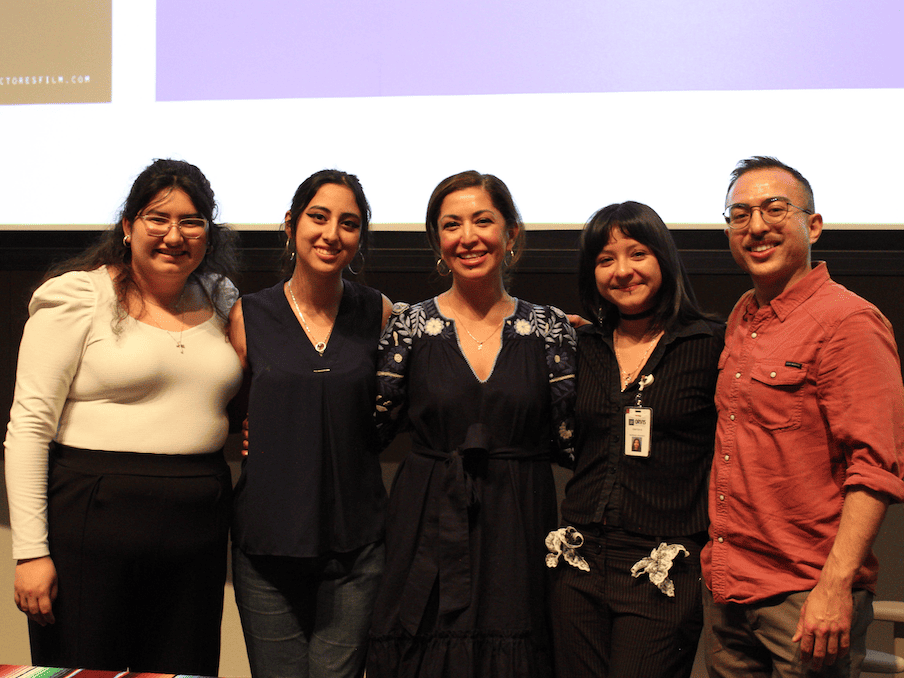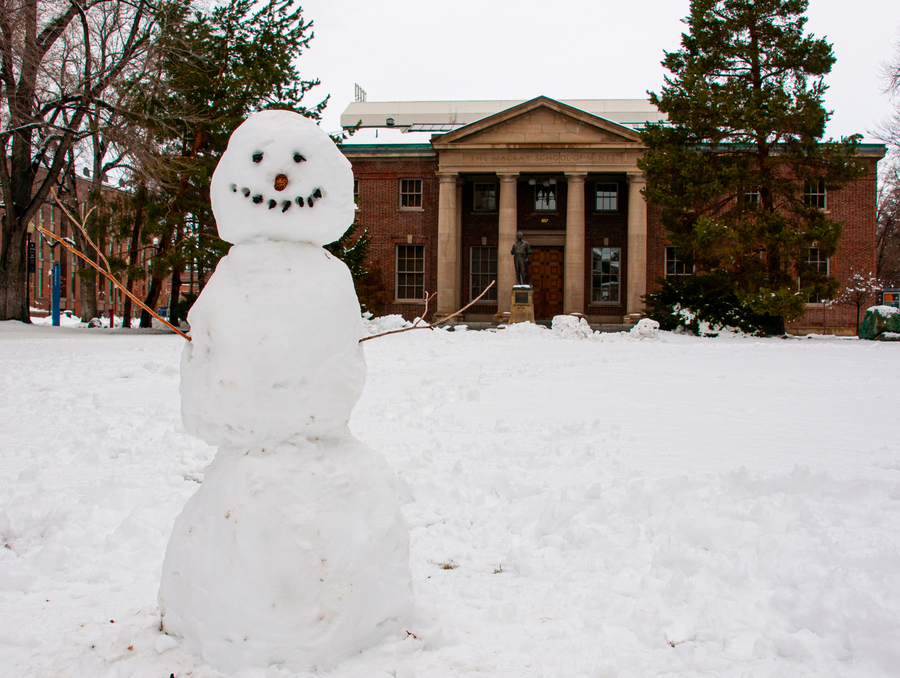Lake Tahoe, renowned for its blueness and clarity, has recently seen its shores change color with an increase in algal blooms in a greening pattern that has been observed in similar lakes across the world. Tahoe is an oligotrophic lake, meaning that it is deep, clear, cold and usually would experience little algal growth, but ongoing environmental changes may be affecting algal growth on the bottom of the shoreline of the lake. Kelly Loria, recent graduate of the Ecology, Evolution & Conservation Biology doctoral program in the College of Agriculture, Biotechnology & Natural Resources at the University of Nevada, Reno, has harnessed the power of high-frequency sensors to understand algal growth by monitoring changes in Tahoe’s shorelines and streams in a study that has inspired a new era of data collection at Lake Tahoe.
“Algae have really rapid turnover rates, meaning they're really sensitive to environmental changes and can be a useful metric of change in an aquatic ecosystem,” Loria said.
Unfortunately, it’s difficult to collect algae samples repeatedly at a high frequency, so Loria and her team decided to use sensors that measure oxygen, produced as a byproduct of photosynthesis, to indirectly estimate algal growth through metabolism models that can indicate greater moments of productivity.
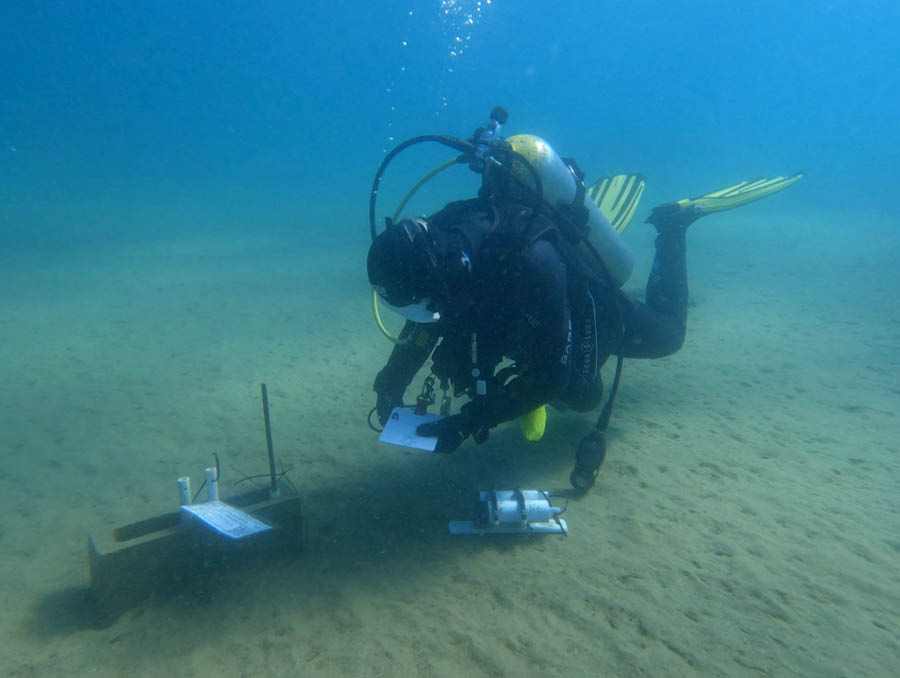
Since 2021, Loria has been monitoring changes in dissolved oxygen concentrations in streams and the nearshore of the lake, including Blackwood Creek on the California side of Lake Tahoe (high inflow stream), Glenbrook Creek on the Nevada side of the lake (low inflow stream), and in the Sunnyside Marina (no inflow shoreline). However, it can be hard to gather data in poor weather, especially in quick forming alpine storms and harsh Tahoe winters, where often some of the most interesting ecological or biogeochemical data emerges. Wanting to gather data during all kinds of weather, seasonal fluxes, and times of day, Loria was inspired to deploy dissolved oxygen sensors that would remain in the watershed, monitoring changes every 15 minutes throughout all conditions. Her work was influential: the Tahoe Environmental Observatory Network emerged from some of Loria’s monitoring efforts, as scientists in the Lake Tahoe Basin recognized the potential behind permanent long-term ecosystem monitors.
Over the next three years, Loria continuously analyzed the data pouring in from lake and stream sensors. In this timeframe, the Lake Tahoe Basin saw hydroclimate whiplash, characterized by the fluctuation between years with either drought (2022) or heavy snowfall (2023). By monitoring during hydrologically extreme years, Loria was able to assess how changes in winter snowpack can influence key aspects of stream hydrology (peak flow and the onset of baseflow), and how those upstream processes affected patterns of algal productivity in the nearshore of Lake Tahoe.
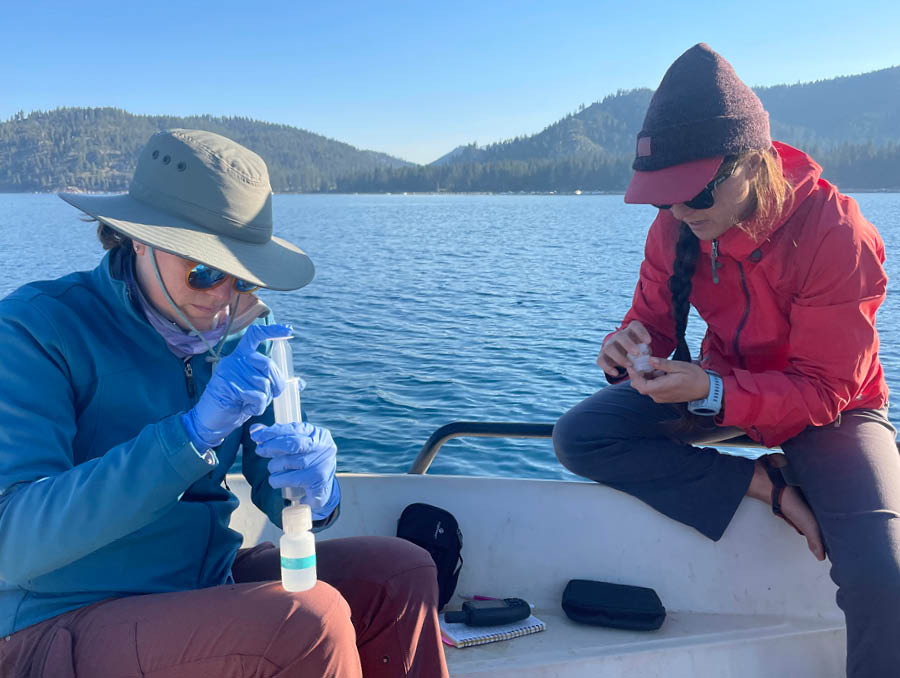
During the drought year, Loria observed that net algae growth (i.e., net ecosystem productivity) was suppressed at nearshore lake locations surrounding inflowing streams relative to locations isolated from inflowing streams. However, most surprisingly, Loria observed a distinct difference in how nearshore ecosystems responded to the hydroclimatic whiplash event. In the very wet year of 2023, net ecosystem productivity in the nearshore area surrounding inflowing streams was even further suppressed by stream flow, while nearshore locations isolated from streams became even more productive (i.e., more algal growth). Watershed changes are a critical determinant of Lake Tahoe’s health as streams are a major pathway for fine particulates that affect lake clarity as well as nutrients like nitrogen, carbon and phosphorus, that often limit algal growth. However, snowmelt and force of stream flow can disrupt the stability in those substrates and impact lake activity and clarity in any given year.
“Understanding what's going on along Lake Tahoe’s shoreline helps us understand which places are vulnerable to algal blooms and why,” said Joanna Blaszczak, Ph.D., associate professor in the College’s Department of Natural Resources & Environmental Science and Experiment Station research unit, at the University of Nevada, Reno. “In order to capture moments that we can't predict are going to happen, we need to have long term records from sensors that are in the environment and constantly recording data. The near shore matters ecologically and for recreation, and streams matter in predicting the health of the near shore. High frequency long-term monitoring can help us better understand these systems and how they're responding to increasing hydroclimatic variability. It is crucial for this kind of work to continue to get funded, so we are better prepared to protect Lake Tahoe in the future.”
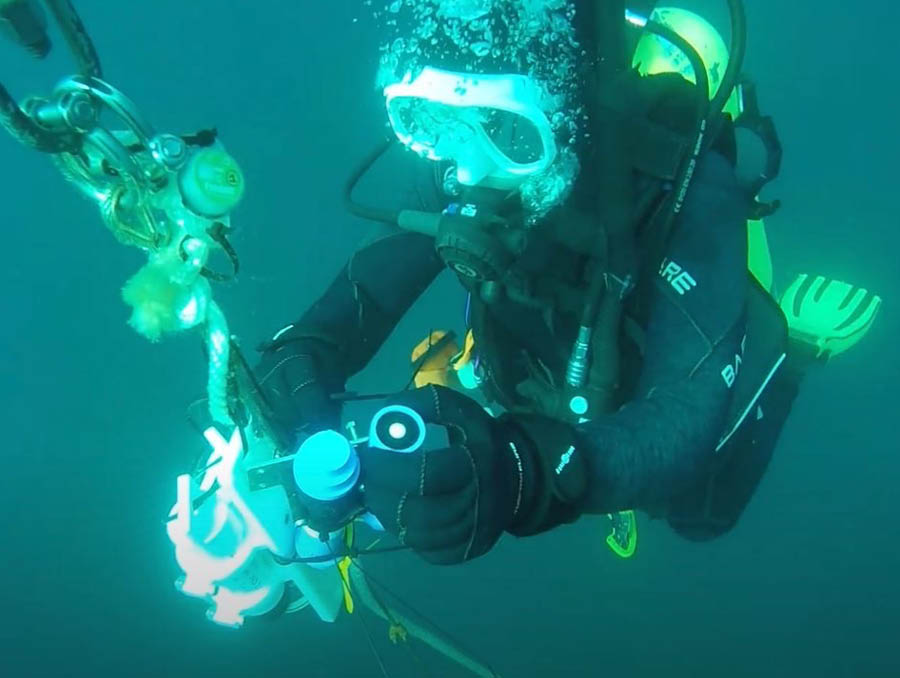
Other University researchers who contributed to the study besides Loria and Blaszczak include Heili Lowman, Jasmine Krause, Leon Katona, Facundo Scordo, Adrian Harpold and Sudeep Chandra. This work was also supported by divers from the Marine Taxonomic Services, residents in Glenbrook, the Tahoe Institute for Global Sustainability, and other interdisciplinary scholars, including Ramon Naranjo, Ph.D., from the U.S. Geological Survey. The project is described in full in Limnology and Oceanography. Additionally, a data repository from the project is available for anyone to use. This work was supported by National Science Foundation (NSF) under award OIA-2019528, the Nevada Division of State Lands, and by an NSF Graduate Research Fellowship (No. 2020000930863).
